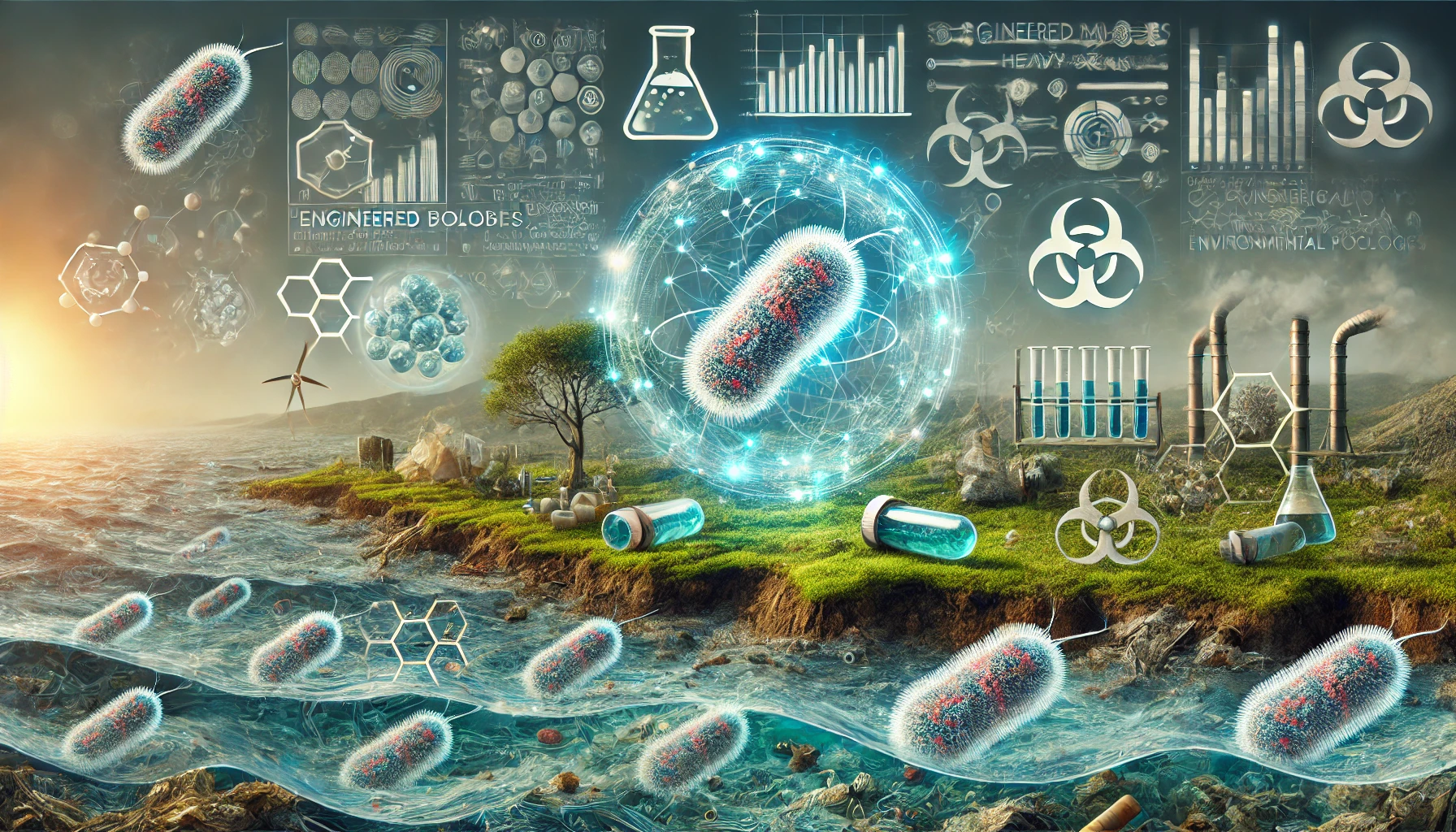Synthetic Biology Meets Climate Change: Engineered Microbes as the New Solution for Environmental Pollutants

The Rising Importance of Engineered Microbes in Climate Action
As climate change accelerates, so does the urgency for innovative solutions to manage pollution. In response, scientists are turning to synthetic biology, engineering microbes capable of breaking down persistent pollutants, including plastics and other toxic substances. With several startups leading efforts to harness these engineered organisms, the potential for large-scale environmental cleanup is growing. This article delves into how these microbes work, the challenges they face, and the transformative role they could play in environmental restoration.
Origins and Evolution: Tracing the Path of Engineered Microbes
The concept of using microbes for environmental cleanup dates back to the early days of biotechnology. Scientists have long recognized certain microbes’ natural abilities to break down waste. Initially, this knowledge was applied in waste treatment facilities, where microbial processes improved biodegradation. However, with synthetic biology advancements, the capabilities of microbes have been enhanced to break down even the toughest pollutants, including plastics and heavy metals. Over the last decade, the evolution of synthetic biology has made it possible to fine-tune microbes for specific tasks, laying the groundwork for pollution-fighting microbes. We'll explore historical anecdotes, including early experimental efforts, that show how these tiny organisms evolved into powerful tools in our fight against pollution.
Challenges and Today’s Obstacles: Scaling Microbes for Real-World Applications
Despite their promise, implementing engineered microbes on a large scale comes with numerous challenges. Regulatory concerns are often the first barrier; governments worldwide regulate bioengineered organisms closely to prevent any unintended ecological impacts. Additionally, there are scientific and operational challenges. For instance, controlling microbial populations in natural environments is complex, as these organisms might not act uniformly outside laboratory conditions. Case studies of early deployment efforts reveal obstacles like unanticipated microbial behaviors and local environmental resistance. According to recent statistics, 65% of bioremediation projects encounter delays due to regulatory or environmental compatibility issues, underscoring the difficulties in standardizing microbial applications.
Illustrative Examples: Engineered Microbes Tackling Pollution Across the Globe
Several pioneering startups are bringing microbial technology to diverse ecosystems around the world. For instance, in California, a biotech company has developed a bacteria strain that can break down microplastics in ocean zones, preventing harm to marine life. In Brazil, scientists are using microbes to treat soil contaminated by mining activities, where traditional methods fail to degrade heavy metals effectively. And in India, researchers have introduced microbial treatments in water bodies to reduce toxic waste accumulation, significantly improving local water quality. Recent data reveals a 30% increase in bioremediation efficiency in water systems where engineered microbes are deployed. These examples highlight how different environments pose unique challenges, demonstrating how microbes are adapted to local conditions and pollution types.
Proven Solutions and Best Practices in Microbial Bioremediation
To ensure the safe and effective use of engineered microbes, researchers are adopting strategies that prioritize environmental safety and sustainability. One approach is the development of biocontainment systems, which prevent engineered microbes from spreading beyond targeted areas. Additionally, advancements in gene editing now allow scientists to 'program' microbes to degrade specific substances, making them more efficient and safer. Another best practice is ongoing monitoring to ensure microbial populations do not negatively affect local ecosystems. Successful case studies include trials in Australia, where controlled microbes in industrial areas reduced toxic waste levels by 40% over two years. These solutions showcase that with careful planning and implementation, microbial bioremediation can be a sustainable approach to pollution control.
Implications for the Future: Trends and Long-Term Impact of Engineered Microbes
As we look to the future, engineered microbes could transform entire industries beyond just pollution cleanup. Emerging trends suggest that microbes might soon be used in agriculture to reduce pesticide reliance or in construction for biodegradable materials. The intersection of AI and synthetic biology is also enabling rapid advancements, allowing scientists to simulate and optimize microbial designs faster than ever before. This section explores the potential of microbes to shape sectors such as agriculture, waste management, and even urban planning. With the ability to degrade pollutants directly in landfills or industrial sites, engineered microbes may shift environmental management approaches globally. The societal impacts are equally profound; the broader use of synthetic biology could reshape labor markets, with new jobs emerging in microbial management and synthetic biology.
Summary and Reflections
Engineered microbes present an exciting and innovative approach to pollution control, promising new tools for combating climate change. From tackling toxic chemicals to potentially revolutionizing agriculture, these organisms are on the brink of reshaping environmental science. As synthetic biology continues to evolve, the prospects for cleaner, more sustainable ecosystems grow. However, challenges remain, and public discourse around the ethical and environmental implications is essential. What are your thoughts on the role of synthetic biology in our climate fight? Share your views and join the discussion on Reddit or Twitter!



